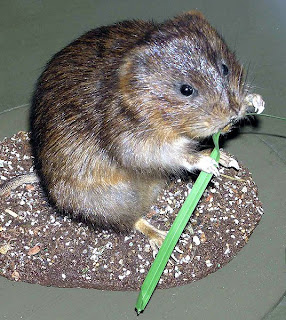No time for a full post this week - some new arrivals for our butterfly house though. In addition to these new species, we have the usual cast of characters - see previous posts on butterflies at Bristol.
The Malachite Siproeta stelenes
This beautiful luminous green and black butterfly is fairly large, about the size of a Red Admiral, and like all our butterflies originates from Costa Rica. (incidentally, check out the website of our supplier, El Bosque Nuevo for more information),
Malachite butterflies have a huge range extending from southern Texas and the tip of Florida, south to northern Brazil. The caterpillar feeds on plants of the Acanthaceae, a mainly tropical family which provides several housplants such as Fittonia, although the main foodplant appears to be Ruellia. They may lay on some of the houseplants planted as ground cover in the butterfly house. Like most nymphalid, the larva is covered with bristles. Adults are fond of roosting on the underside of leaves in low shrubs.
The Olivewing Nessaea aglaura
These butterflies have very distinctive green undersides to their wings, which provides camouflage. The upper sides are dark brown with sky blue diagonal streaks. Females have red spots on the center of the forewing.
They are usually found in primary forest up to 800m, where they spend a lot of time resting on low foliage up to 3m from the ground. They like to bask in sunshine, opening their wings to show their bright blue stripes, and are very fond of particular resting spots, to which they return if disturbed.
The eggs are laid on Alchornea or Plukunetia, which belong to the Euphorbiaceae, but I have found one report of them laying on stinging nettle in captivity.
Next week, normal service, starting with the "Clown of the Snowline", the Kea. Clowns may have a dark side however...
(Images from Wikipedia)

















































